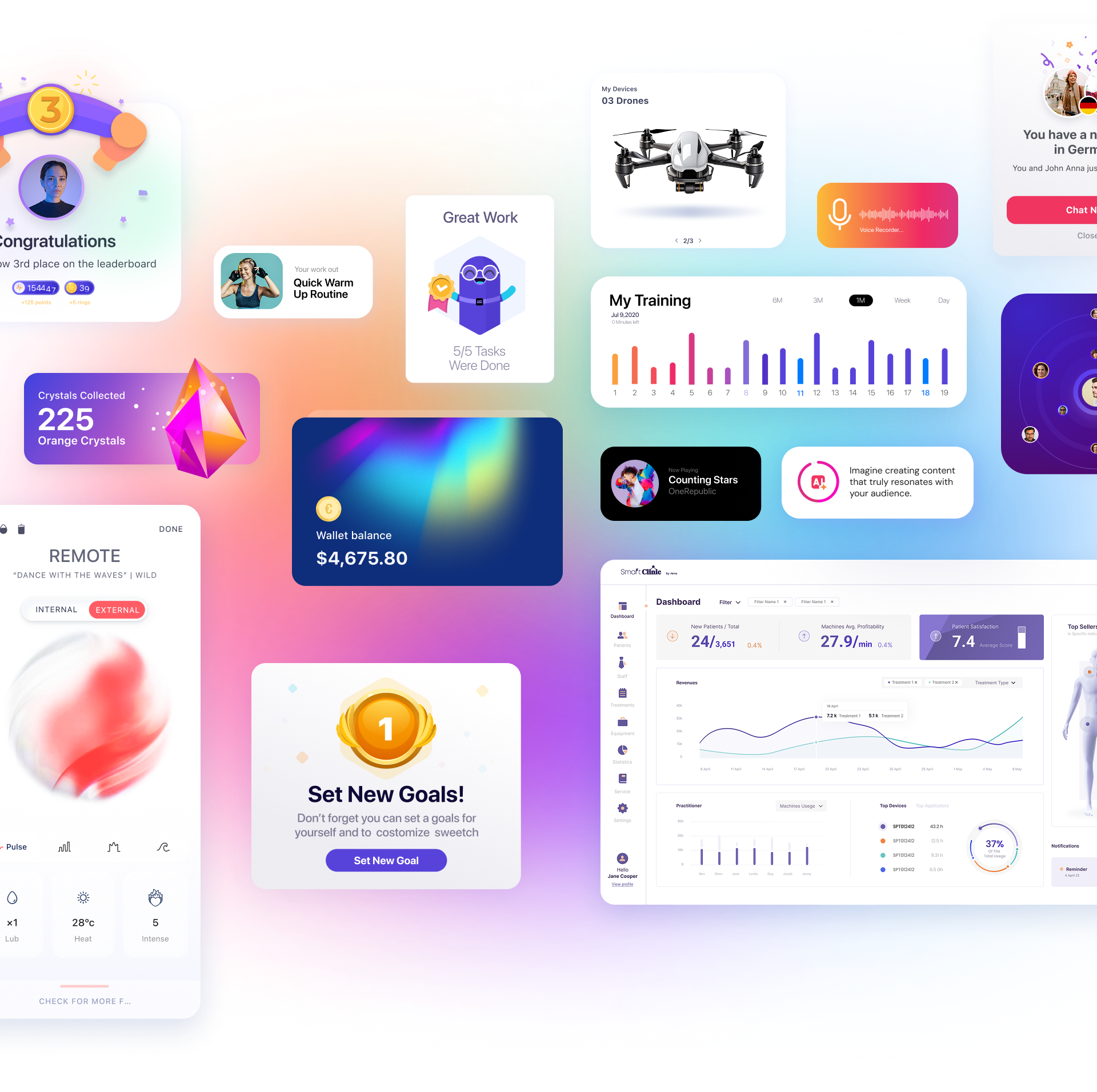TikTok “hooks” you. Once you tap the icon and dive in, the app grabs hold and time slips away—until suddenly you realize, “Wait, an hour has passed!”
It’s like someone with a sugar craving who limits the snacks they buy to avoid temptation—so are our attempts to resist TikTok, the ultimate time-eater.
Most people experience similar issues with other social networks like Twitter, Instagram, and Snapchat, but there’s something uniquely addictive about TikTok. Let’s analyze the product design and user experience to see what digital “addictive ingredients” make up this phenomenon.
Good Products Respect the User’s Time and Effort
One of the most striking aspects of TikTok’s onboarding experience is the incredible speed at which you get what you came for—content. As Steve Krug put it, “Important things should always be no more than two clicks away.”
On TikTok, you can’t view any content before creating an account, but there are plenty of one-click sign-up options using existing accounts like Facebook, Google, or Twitter. And once you’re in—there’s no onboarding. No need to upload a profile picture, select interests, or follow random TikTok users. Instead, the app’s algorithm automatically finds content you’ll like, without you having to say a word. The moment you enter, a video starts playing. TikTok’s content is full-screen and always just one potential click away.
By comparison, creating an Instagram account requires at least eight clicks before you can see your first post. You’ll need to create a username and password, upload a profile picture, provide your birthdate, and follow suggested accounts. Even the Discover page isn’t available until your seventh click.
Good Products Are Easy to Learn and Consistent to Use
The fact that TikTok is a relatively new product is an advantage: it could borrow from what established platforms had already achieved in social media timeline design. That doesn’t mean TikTok is free of pitfalls, but reinventing the wheel is a common mistake that often leads to unnecessary friction in adoption.
Joshua Porter, creator of the daily “What to Wear” report and publisher of Bokardo.com, encourages positioning your product alongside others to build a sense of familiarity: “How you position the app, how you talk about it, how you describe it, how you compare it to others—all these give people a framework to understand it… People learn by comparing to something they already know.”
And TikTok users will recognize social media: “It has filters, like Instagram.” “It has short videos, like Snapchat.”
The average internet user has accounts on more than eight different social media platforms. TikTok embraces this fact by keeping its gestures close to conventions users already know and love—like double-tapping to “like” a video and swiping up to move to the next one in the feed. For fans of other platforms, it all feels natural.
Disruptive Products Look Like Toys
Finally, let’s look at the act of creating videos on TikTok. Porter explains: “Products that eventually turn out to be disruptive often start out looking like toys. They don’t seem like a big deal, but they have an edge that, in some ways, is more useful than the popular products of the moment. They’re… simpler to use.”
Every so often, you’ll hear about a “TikTok grandma” who’s gained hundreds of thousands of followers—a remarkable achievement, and not by accident. It’s not that all grandmas are “technologically illiterate,” and yet—even people with computer science degrees can be intimidated by the idea of recording and editing themselves on TikTok.
For an app that offers complex video editing options—adding sound, filters, timers, and effects—it’s surprising how unintimidating it feels to use all these features. The advanced editing options are understated compared to the big red “record” button, as if to say, “Shhh… don’t worry, just record something and don’t stress about the rest.” As if that’s not inviting enough, right below the record button is the Templates option, offering an even faster way to create something upload-ready.
All of this means that TikTok creators discover editing capabilities step by step.
Conclusion: It’s Not Just the Algorithm
So no, it’s not just the algorithm that’s responsible for TikTok’s addictive nature. If TikTok’s UX were difficult and complicated, there wouldn’t be enough content to create that addiction in the first place. TikTok serves both the tangible need for users to get content quickly and the intangible need for a fun place to hang out online.
TikTok is a fascinating case study in how product design and UX make the difference between a usable product and an addictive one.





 Book a Call
Book a Call





